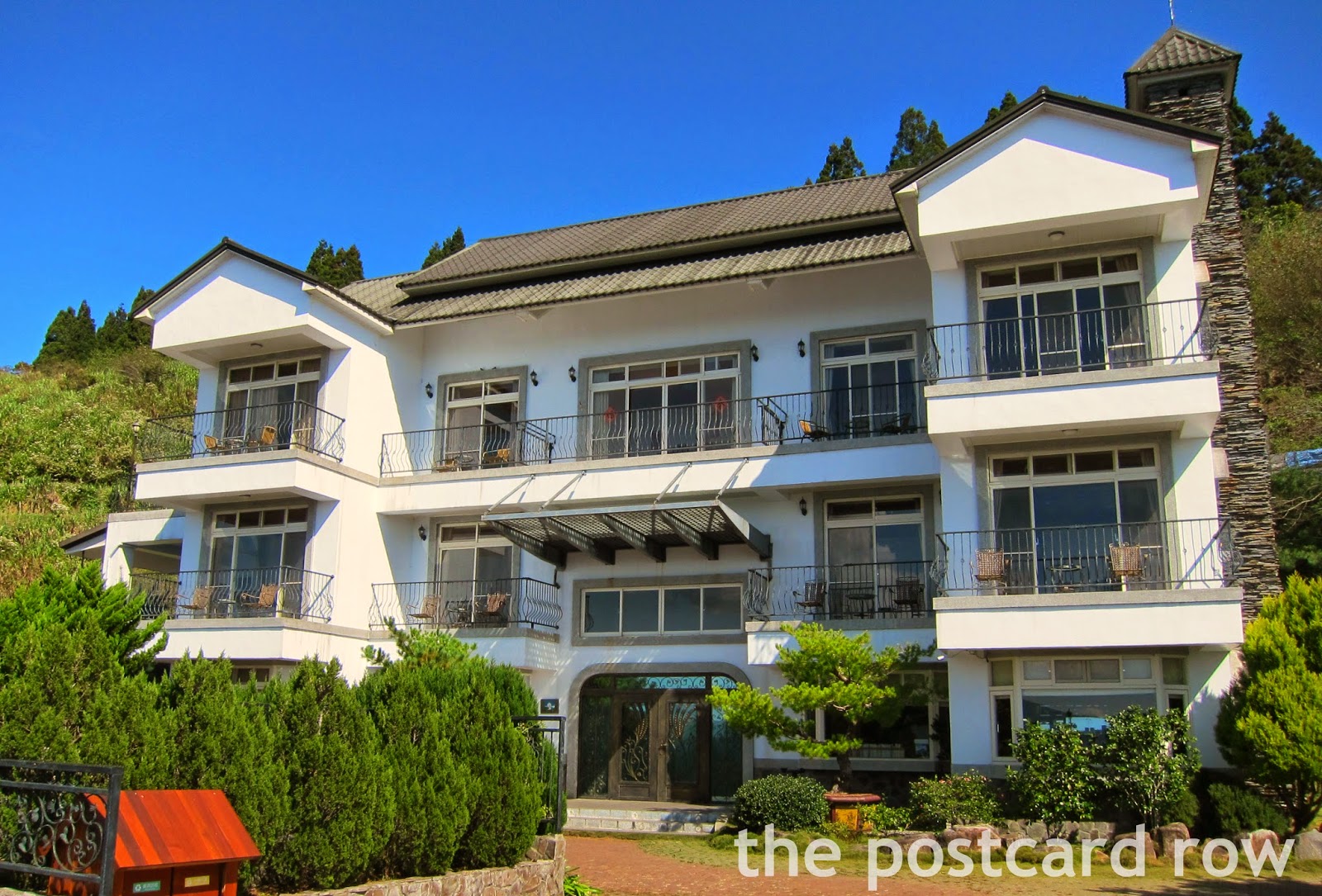Camino Ignaciano: Pamplona (Day 4)
Day 4: Pamplona (A Side Trip!)
One of the benefits of joining this pilot camino and traveling with the JesComm team is having a side trip to filming locations. After the tiring (and cranky!) Day 4 walk, I was ready to plop into bed and do nothing. But the JesComm director, Pol, kindly invited me to join them for a side trip to Pamplona. The crew had to film the city walls and the various markers related to St. Ignatius, and this was the only day which afforded them time for a quick visit to this historical city. I gladly accepted the invitation and immediately switched to the crew's van.
 |
| This portion of the walls corresponds to the La Magdalena Front, which runs at the easternmost part of the Pamplona fortress, facing the River Arga. |
Pamplona is a historical city and is the site where St. Ignatius got injured by a cannonball. When we were in the Loyola Sanctuary, we saw a diorama which replicated the city of Pamplona, as it was during the time of St. Ignatius. It was a fortified town, completely surrounded by walls and watchtowers to protect it from invaders. It was interesting to note that the area St. Ignatius was adamant in protecting was only a small portion of Pamplona, as the other sections of the city had already succumbed to enemy forces. You start to wonder whether his decision to defend Pamplona was indeed worth it. Today, some portions of the medieval walls still remain, which was the subject of the crew's shoot.
 |
| Basilica de San Ignacio de Loyola along Avenida de San Ignacio (where else?) |
We didn't get to see the Old Town where much of the historical structures were. The rest of Pamplona struck me as being similar to Vitoria, where the streets were spacious and the people were laid-back and easygoing. Excluding the Old Town, it looked like an ordinary city, with typical, undifferentiated buildings, restaurants and coffee shops, but it somehow exuded a quiet charm.
I read later on that Pamplona didn't get any attention until Ernest Hemingway stayed in this city and wrote about it in his novel 'The Sun Also Rises'. It was then that Pamplona and its Fiesta of San Fermin (the running of the bulls) gained worldwide fame. Indeed, there were establishments named after Hemingway and most tourists here seek the places (i.e. bars and restaurants) which Hemingway frequented.
How our world changes with the passage of time! Here in Pamplona, we had two great men and one city. One struggling to defend it from outsiders; the other falling in love with it and bringing the whole world to its doorsteps.


Comments
Post a Comment